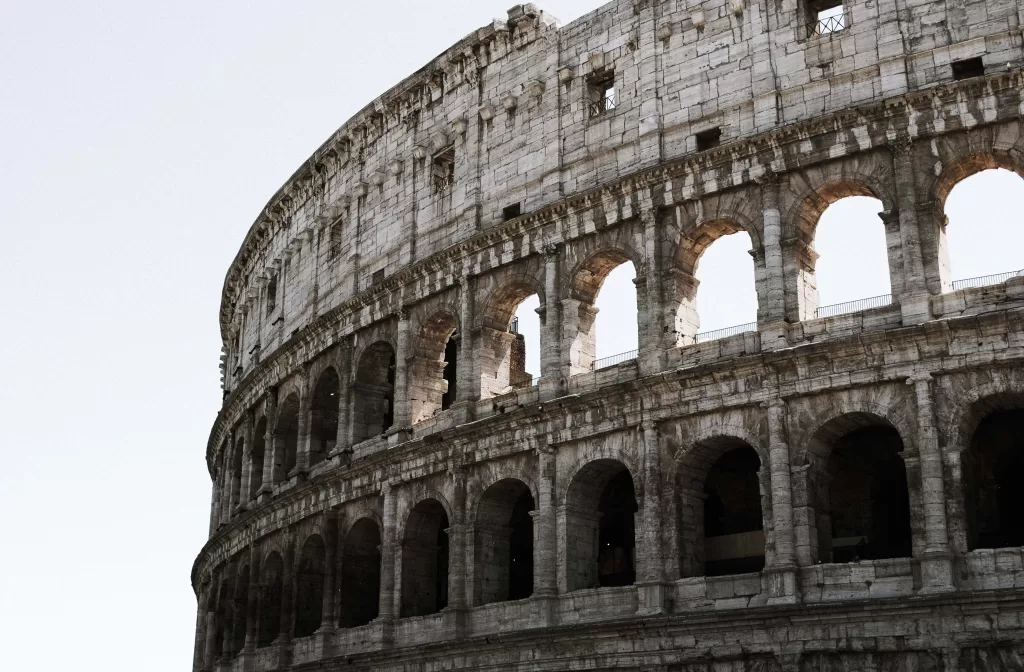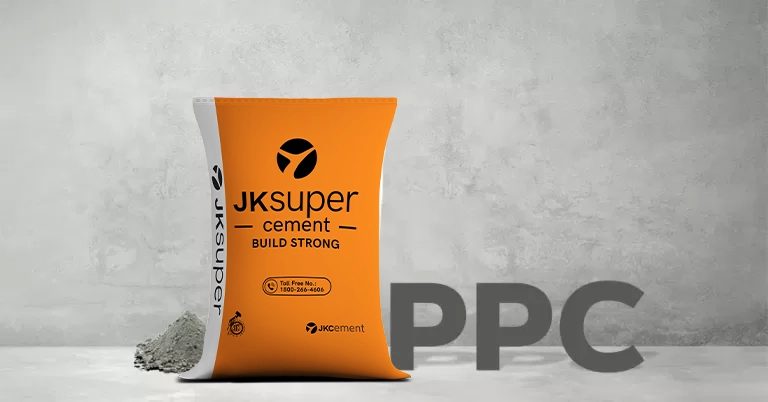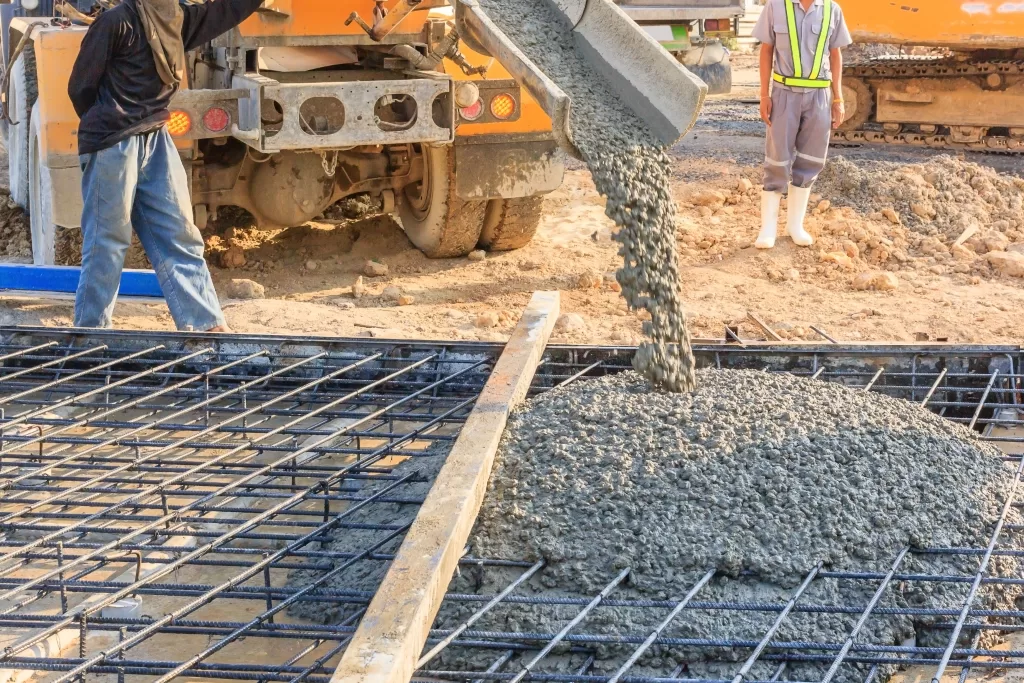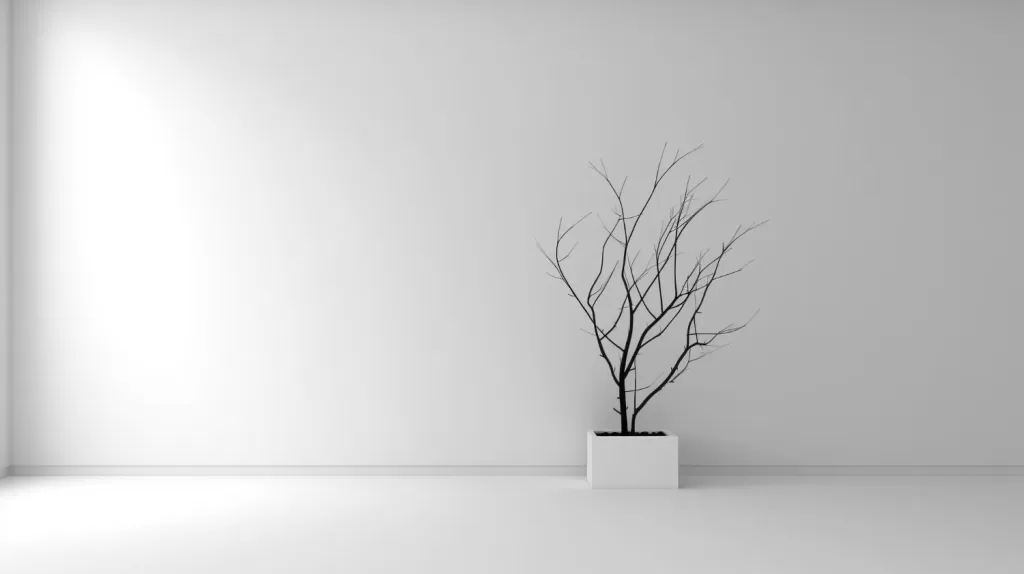In an ever-evolving world, where construction methods must continually advance, concrete stands out as one of the most extensively employed building materials. Its widespread usage can be credited not only to the vast array of applications it facilitates but also to its commendable attributes, such as strength, affordability, durability, and flexibility. Read on to learn about why it is called concrete and more.
The History of Concrete: A Timeline
The history of concrete truly highlights humanity’s creativity and resourcefulness in the field of construction. Dating back to ancient times, early forms of concrete-like materials find roots in civilisations like the Egyptians and Romans. The Romans, particularly, advanced the technology by incorporating volcanic ash into their mix to improve durability. This innovation paved the way for famous structures like the Pantheon.
Concrete technology witnessed a decline during the Middle Ages, followed by a revival during the 18th century with the development of hydraulic lime. The 19th century marked an important period with the introduction of Portland cement, a key component used in modern concrete. The widespread adoption of reinforced concrete in the late 19th and early 20th centuries, led by engineers like Joseph Monier, ushered in a new era of construction possibilities.
In the mid-20th century, advancements in concrete technology continued, contributing to the development of high-strength concrete and the introduction of precast concrete elements. Today, ongoing research focuses on eco-friendly alternatives, self-healing concrete, and other innovative mixtures. This continuous exploration ensures that the history of concrete evolves as a dynamic narrative, reflecting progress and adaptability in the dynamic world of construction.
Origin of the Term “Concrete”
Besides understanding the history of concrete, it’s also interesting to learn more about the etymology of the word “concrete”. The term “concrete” finds its origin in the Latin word “concretus”, which translates to “grown together” or “hardened.” This aptly highlights the nature and essence of the material. The term has been associated with the building substance since ancient times when various civilisations used concrete-like materials for construction purposes.
Today, “concrete” includes a broad spectrum of mixtures involving cement, aggregates, water, and admixtures. The origin of the term not only mirrors the robust and unified characteristics of the material but also emphasises concrete’s lasting impact on the construction industry.
Step up your home construction with a trusted brand like JK Cement. Opt for excellence, choose the finest construction cement for exceptional durability and reliability in building your dream home.
FAQs
Who first discovered concrete?
Concrete structures were first documented around 6500 BC, attributed to Nabataean traders in the regions of Syria and Jordan. However, the ancient Romans can be credited with discovering the use of concrete-like materials. They significantly advanced the technology by incorporating volcanic ash into their mix, enhancing durability. The Pantheon in Rome, built in the 2nd century, stands as the perfect example of their innovative use of concrete in construction.
What are the different types of cement?
The following are the different types of cement available today:
- Ordinary Portland Cement (OPC): OPC is a standard, general-purpose cement.
- Portland Pozzolana Cement (PPC): Portland cement is blended with pozzolanic materials for better durability.
- Rapid Hardening Cement: Rapid hardening cement is quick setting, and hence, suitable for time-sensitive projects.
- Low Heat Cement: True to its name, this type of cement generates less heat during hydration. It is ideally used for massive concrete structures.
- White Cement: White cement is a high-purity cement used for decorative purposes.
- Water-resistant Cement: Water-resistant cement is specifically formulated to resist water penetration. It is suitable for applications where protection against moisture is essential.
What was old concrete made of?
Concrete, back in the day, was usually made of lime, volcanic ash, and chunks of stone or brick aggregates.
What is the oldest concrete structure in the world?
The Pantheon in Rome, built in 126 AD, is one of the oldest in the history of concrete-made structures.














